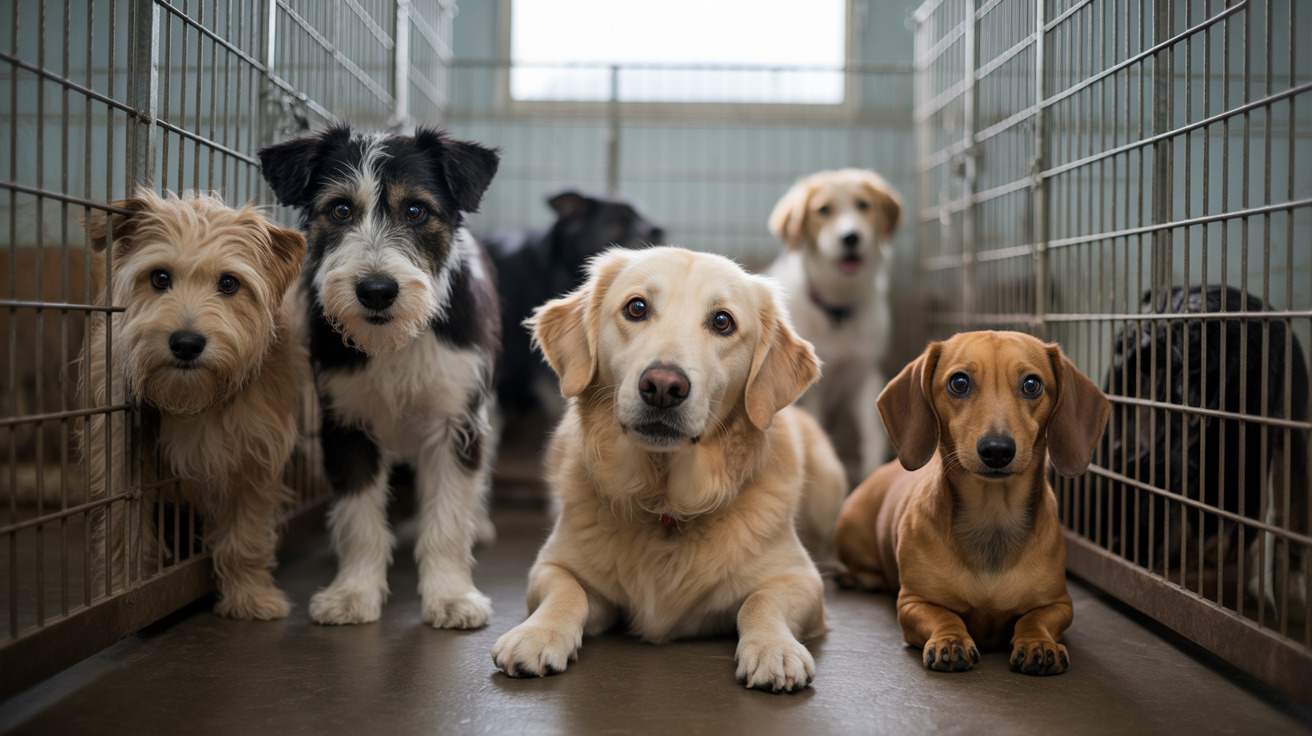The Saratoga County Sheriff's Office recently removed five animals from a Corinth home following complaints about potential abuse, highlighting the critical importance of recognizing animal cruelty signs in our communities. Twenty-three-year-old Almeda Arnold now faces multiple charges in connection with the case, serving as a stark reminder of the legal consequences that await those who mistreat animals.
This incident underscores why pet owners and community members must remain vigilant about animal welfare and understand both the warning signs of abuse and the proper channels for reporting suspected mistreatment. When neighbors and community members know how to identify and report animal abuse, they become powerful advocates for vulnerable animals who cannot speak for themselves.
How to Report Animal Abuse: Taking Action When You See Signs
Recognizing animal cruelty signs is only the first step—knowing how to report animal abuse effectively can make the difference between continued suffering and swift intervention. In New York State, concerned citizens can contact local law enforcement, animal control officers, or organizations like the ASPCA to report suspected abuse cases.
When filing a report, document specific observations including dates, times, and detailed descriptions of what you witnessed. Photographs can provide valuable evidence, though safety should always be your primary concern when gathering documentation.
Understanding Animal Neglect Symptoms and Warning Signs
Animal neglect symptoms often develop gradually, making them harder to detect than obvious physical abuse. Common indicators include animals that appear severely underweight, lack proper shelter from weather conditions, show signs of untreated medical conditions, or display behavioral changes like excessive fearfulness or aggression.
Physical signs may include matted fur, overgrown nails, visible injuries, or animals that seem constantly hungry or thirsty. Environmental red flags include inadequate housing, accumulation of waste, lack of clean water, or animals left outside in extreme weather conditions without appropriate protection.
Animal Cruelty Laws New York: Legal Framework and Penalties
Animal cruelty laws in New York provide comprehensive protection for domestic animals, with penalties ranging from misdemeanor charges to felony convictions depending on the severity of the abuse. The state's Agriculture and Markets Law specifically outlines prohibited acts and establishes clear consequences for violations.
Animal cruelty charges can result in fines, imprisonment, and permanent prohibition from owning animals. Courts may also order psychological evaluation and treatment for offenders, recognizing the connection between animal abuse and other forms of violence.
Animal Shelter Rehabilitation and Recovery Programs
Once removed from abusive situations, animals typically enter specialized rehabilitation programs designed to address both physical and emotional trauma. Professional veterinarians assess medical needs while animal behaviorists work to restore trust and social skills that may have been damaged through mistreatment.
These comprehensive programs often take months to complete, with dedicated staff providing patient, consistent care to help animals recover from their experiences and prepare for loving homes.
Animal Abuse Prevention: Community Responsibility
Preventing animal cruelty requires community-wide awareness and engagement. Educational programs in schools and neighborhoods help people understand proper pet care standards and recognize when animals need help. Supporting local animal welfare organizations through volunteering or donations strengthens the safety net available for at-risk animals.
Pet owners can contribute by modeling responsible ownership, seeking help when facing challenges with pet care, and maintaining open dialogue with neighbors about animal welfare concerns.
Frequently Asked Questions
What should I do if I suspect animal abuse in my neighborhood?
Contact local law enforcement or animal control immediately if you witness active abuse. For ongoing concerns, document specific observations and report them to appropriate authorities. Never confront suspected abusers directly, as this could escalate dangerous situations or compromise investigations.
How long does an animal cruelty investigation typically take?
Investigation timelines vary depending on case complexity and evidence availability. Simple cases might resolve within days, while complex situations involving multiple animals or serious charges can take weeks or months to complete thoroughly.
Can animals fully recover from abuse experiences?
Many abused animals can make remarkable recoveries with proper veterinary care, behavioral rehabilitation, and patient, loving environments. While some may retain certain behavioral sensitivities, countless formerly abused animals go on to thrive in caring homes with owners who understand their special needs.
Moving Forward: Building Safer Communities for All Animals
The Corinth case demonstrates how community awareness and prompt reporting can protect vulnerable animals from continued suffering. By understanding animal cruelty signs, knowing how to report concerns properly, and supporting rehabilitation efforts, we all play vital roles in creating communities where animals receive the care and respect they deserve.
Every report filed and every act of advocacy contributes to a stronger safety net for animals who depend on human compassion for their wellbeing and protection.






